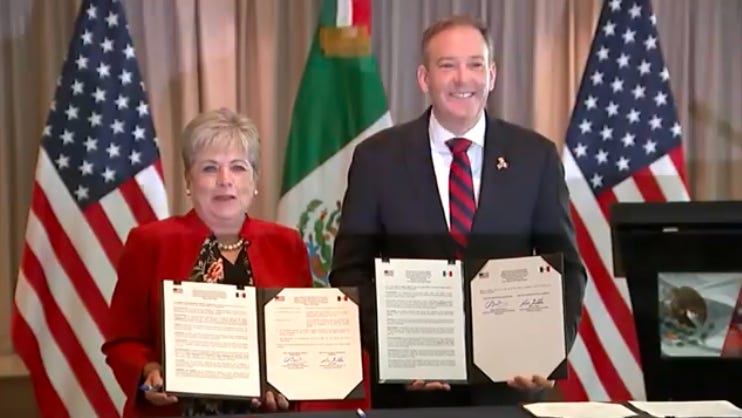A Q&A with Historian Marco Antonio Samaniego on the New Tijuana River Agreement
“If the U.S. and Mexico are going to agree on one thing, it’s water.”

On July 24, the U.S. and Mexican governments signed a memorandum of understanding regarding the Ti…
Keep reading with a 7-day free trial
Subscribe to The Border Chronicle to keep reading this post and get 7 days of free access to the full post archives.

